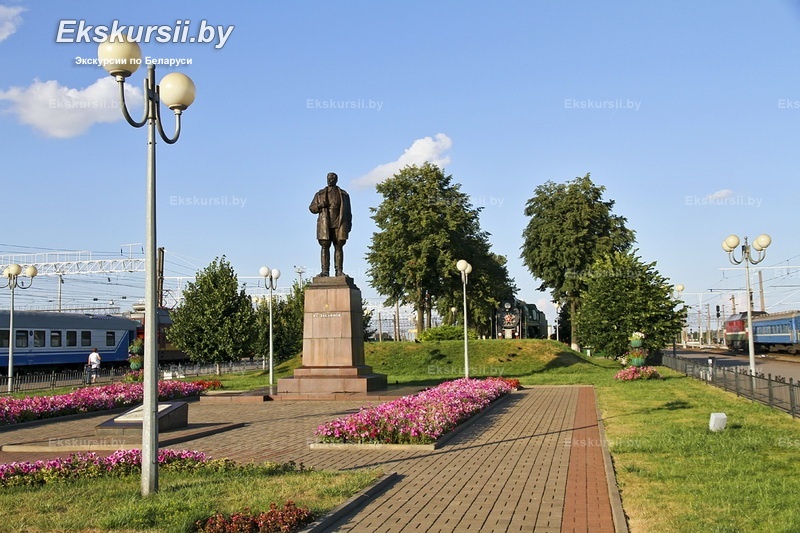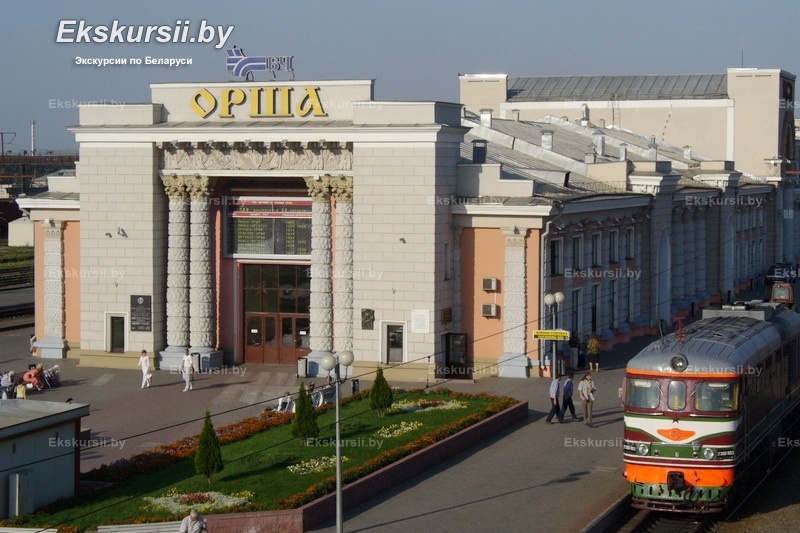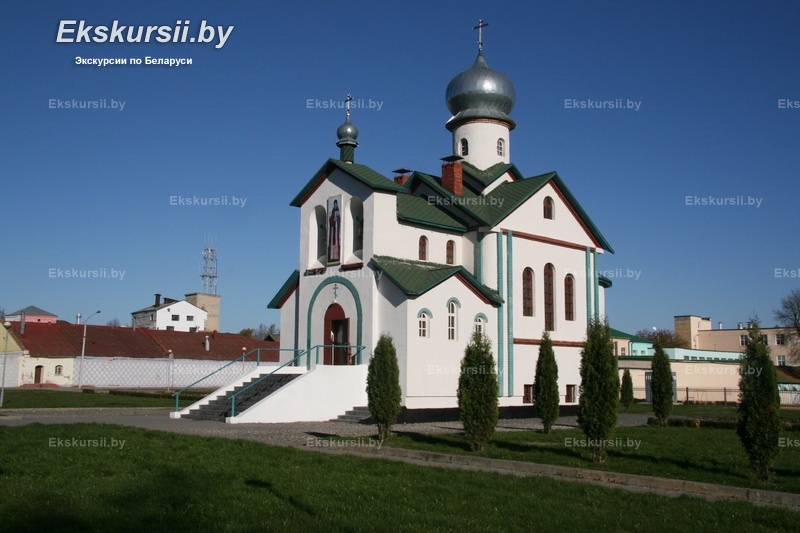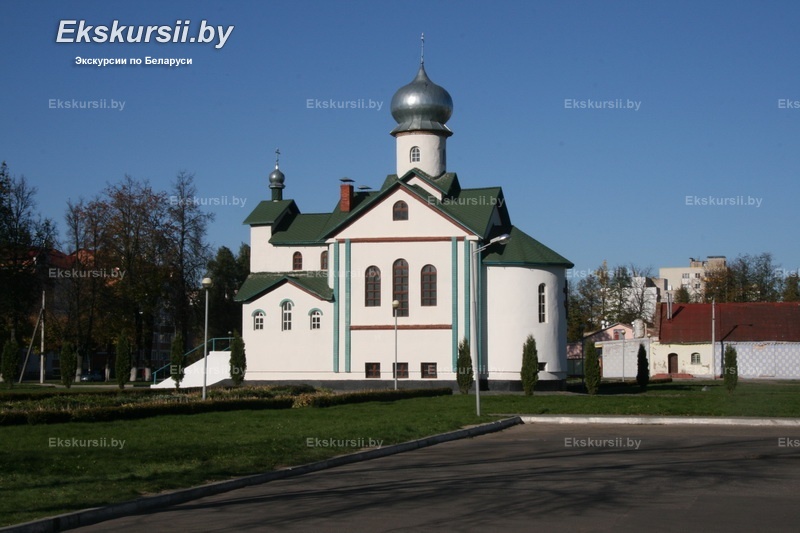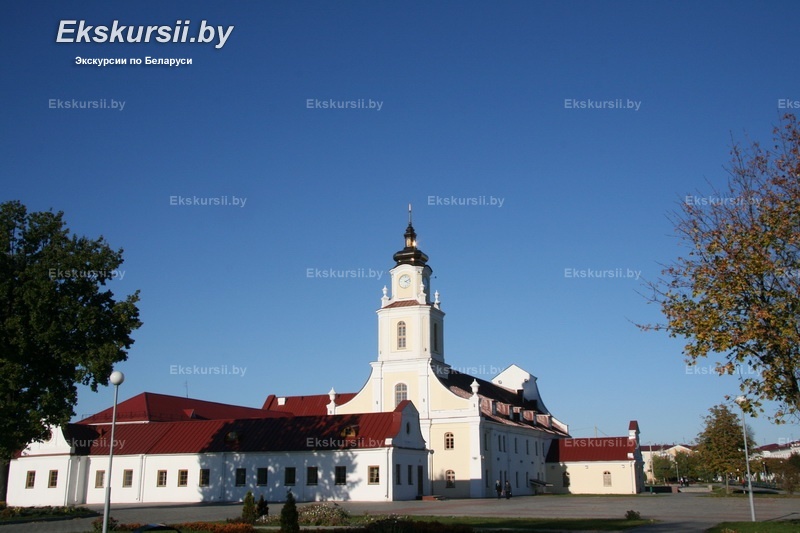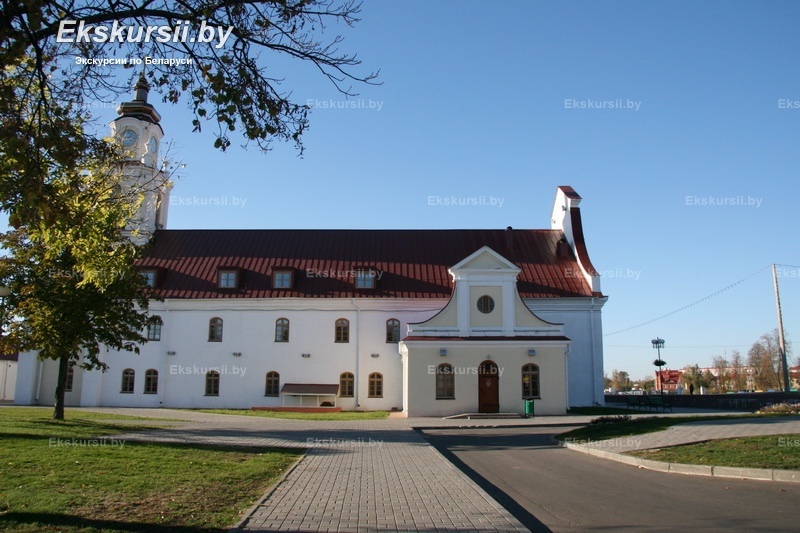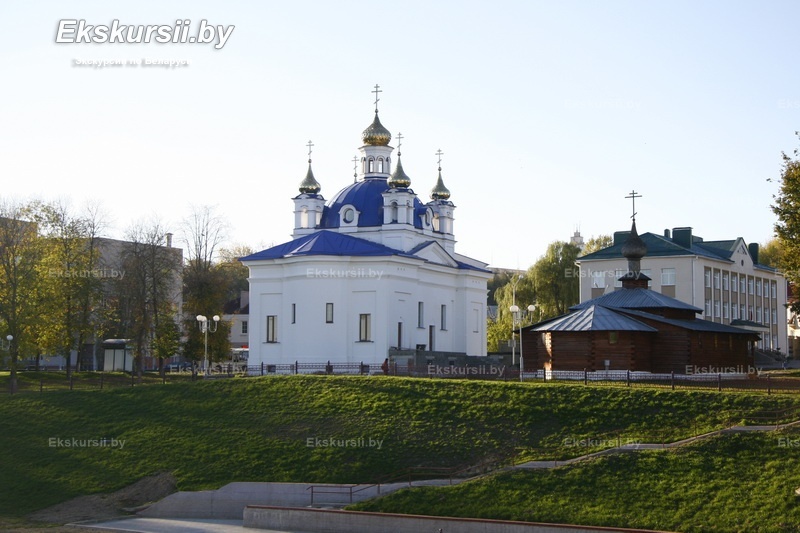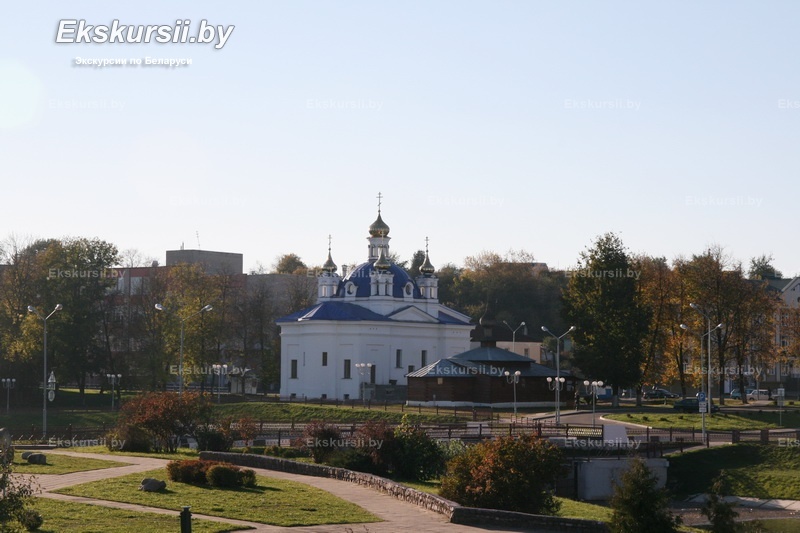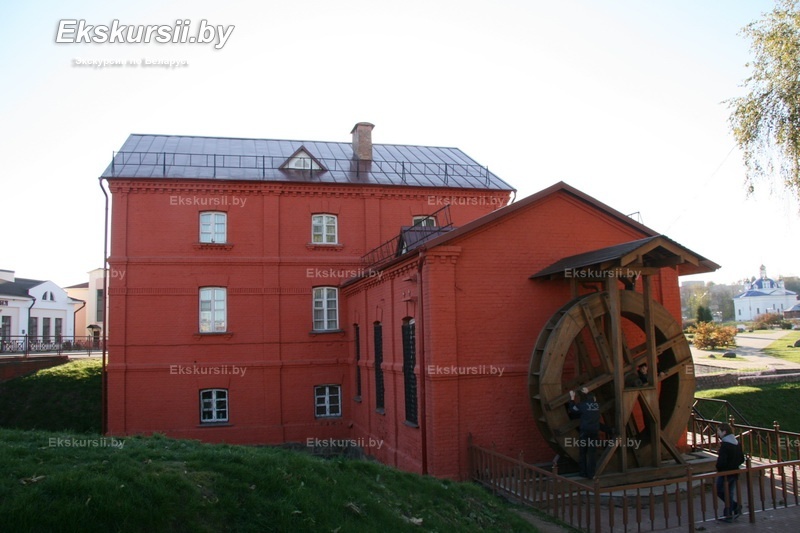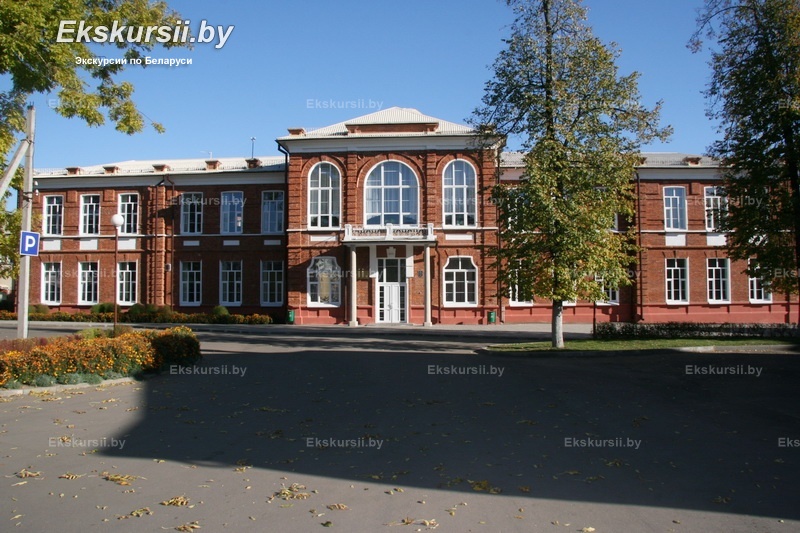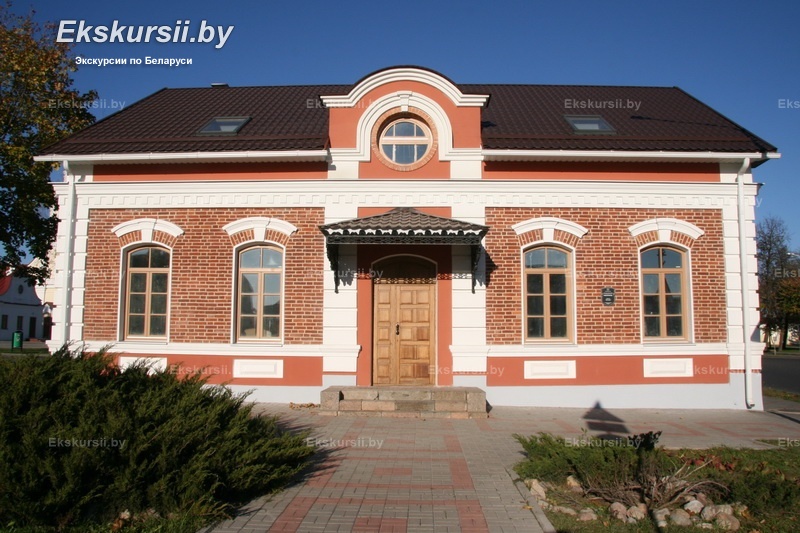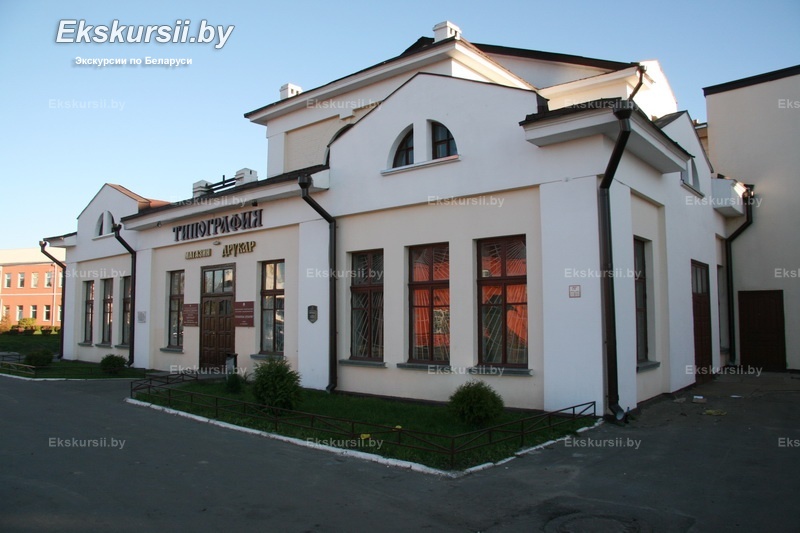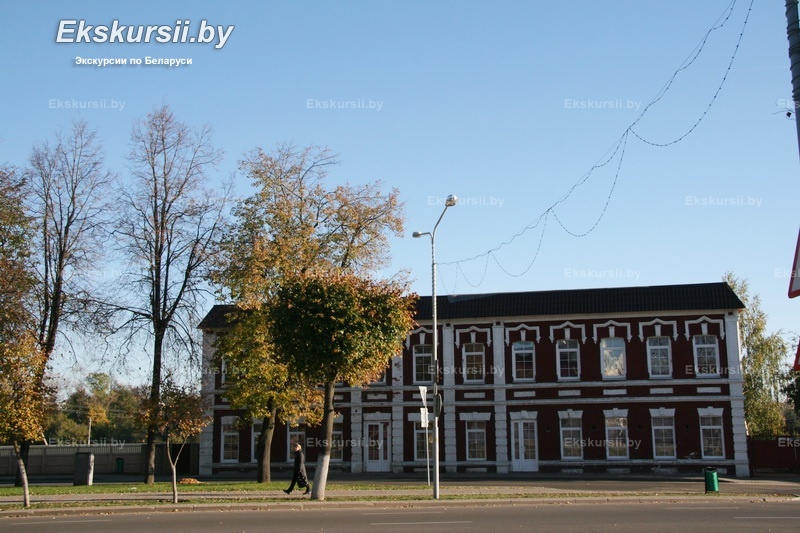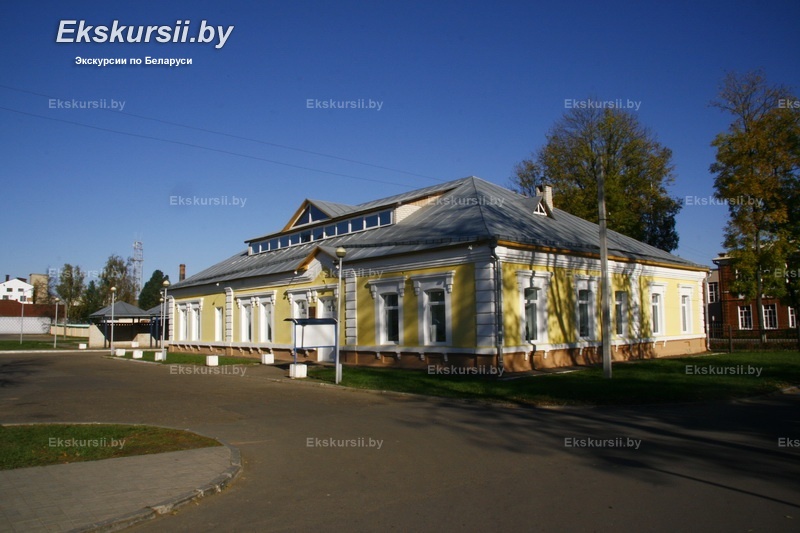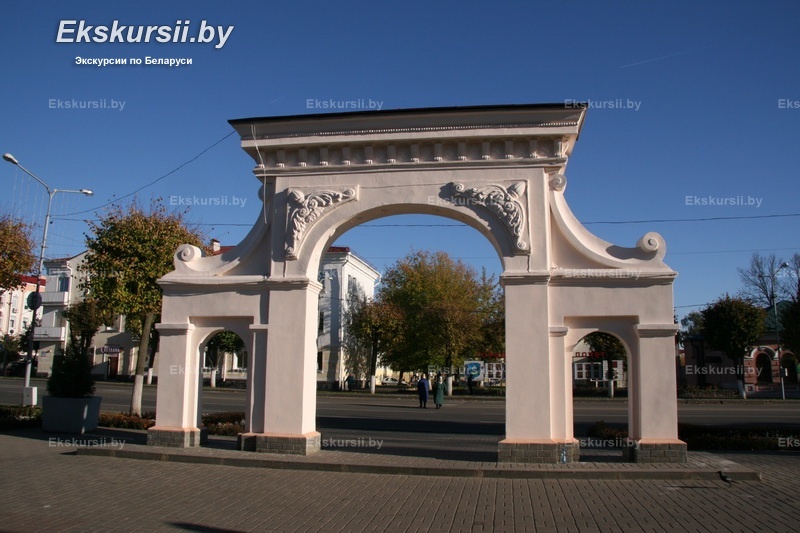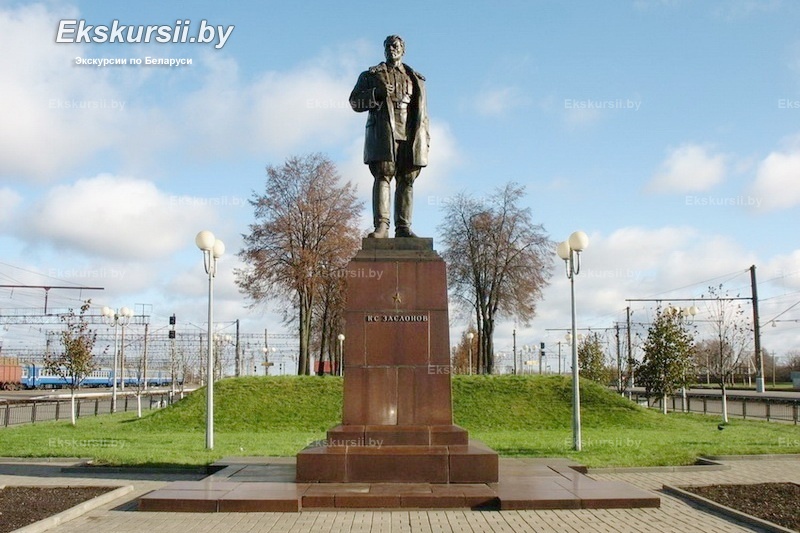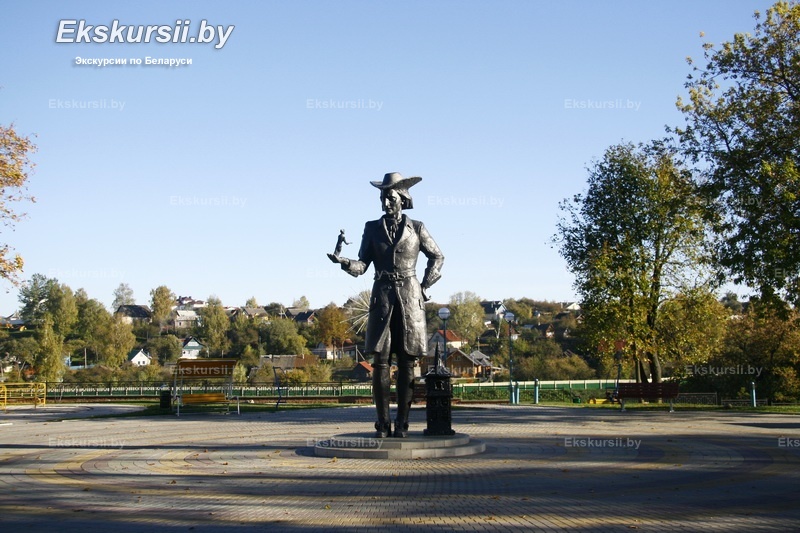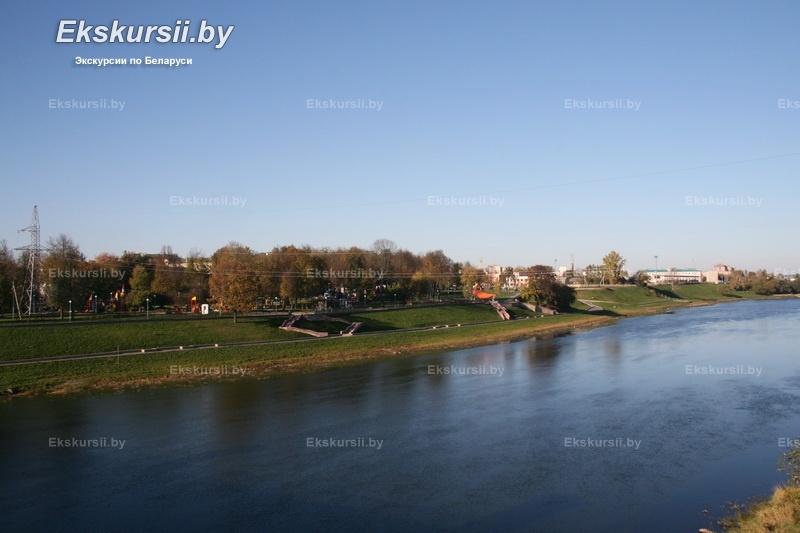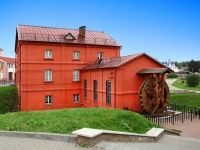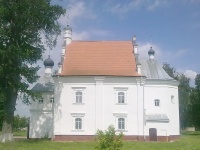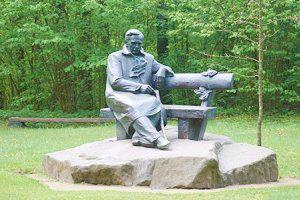History of the development
The city was first mentioned in «Primary Chronicle» in 1067 under the name of Rsha. The ancient settlement was located on the waterway «from the Varangians to the Greeks», as well as at the crossroads of land trade routes - these circumstances contributed to the development and renewal of the city after numerous wars. In addition, the city attracted numerous artisans, which contributed to the development of trade. For a long time the city was part of the Smolensk principality, and in 1119 Orsha became part of the Polotsk principality. Since 1359, Orsha became part of the Grand Duchy of Lithuania.
For several centuries, the city has been the subject of disputes between Lithuania and Muscovy. So, September 8, 1514 near Orsha took one of the most massive and bloody battles between the Polish-Lithuanian and Russian troops, which ended in victory for the army of the Commonwealth. On December 13, 1620, the city received the Magdeburg Law and the coat of arms, representing the image of a silver cross and a crescent on a blue background. As a result of the first section of the Polish-Lithuanian Commonwealth in 1172, Orsha became part of the Russian Empire. Already in 1776, the city was deprived of the Magdeburg Law, a new emblem with a double-headed eagle and five arrows was also approved.
In 1812, during the war with Napoleon, Orsha was captured by French troops, as a result of which the city was plundered and burned. During the First World War (1914-1918) Orsha was captured by German troops. During the Great Patriotic War, in 1941, it was under Orsha that for the first time a new and powerful weapon of the Soviet army was used: «Katyusha» rocket launcher. During the Second World War, active hostilities were not conducted in the city, but Orsha was regularly subjected to massive bombardments by both German and Soviet troops, since it was a strategically important railway junction. Also during the war in the city functioned underground. The most well-known is the name of Konstantin Zaslonov, who for several months committed sabotage in the camp of the enemy, undermining the enemy echelons. Orsha was liberated from the fascist invaders on June 27, 1944 by the troops of the 3rd Belorussian Front during the Vitebsk-Orsha offensive operation.
On June 1984, for the courage and perseverance shown during the Great Patriotic War, the city was awarded the Order of World War I degree.
Tourism potential
Orsha has a high tourist potential. The city has preserved about 80 monuments of history, architecture and art. On the left bank of the Orshitsa River there is a kurgan burial ground of the 11th-12th centuries. Also of interest is the Jesuit Collegium complex. This is a monument of Baroque architecture, erected for Jesuits by personal decree of the Chancellor of the Grand Duchy of Lithuania Leo Sapega. The complex was originally wooden, but at the end of the 17th century a stone building appeared, including a church, a monastery building, a school building, and farm buildings. Today, the building of the former Jesuit Collegium houses the children's library and the Orsha Art Gallery, named after the national artist of Belarus V.Gromyko.
Of interest is the male Holy Epiphany Kuteinsky monastery, was founded in 1623. Seven years after the appearance of the monastery, the largest printing house was founded at the monastery, among those operating at that time in Belarus. Already in 1631 the printer Spiridon Sobol published here the first «Primer» in the Belarusian language.
A remarkable example of retrospective-Russian style architecture is an architectural monument of the late 19th century - the Church of the Holy Prophet Elias.
Being in Orsha, one cannot ignore the attention of the memorial museum of the classic Belarusian literature Vladimir Korotkevich. The museum exposition consists of two parts. The first hall is a copy of the writer's creative workshop is a fragment of the office of his Minsk apartment. In the second part of the exhibition, the creators tried to recreate a romantic and sublime atmosphere. The hall is a research center that includes a scientific library, teaching materials and the workplace of V. Korotkevich. Here you can also hear the unique recordings of V. Korotkevich’s voice and watch films based on his works.
Today, Orsha is one of the largest cities of Belarus, a modern and developing administrative center with great economic and tourist potential.
